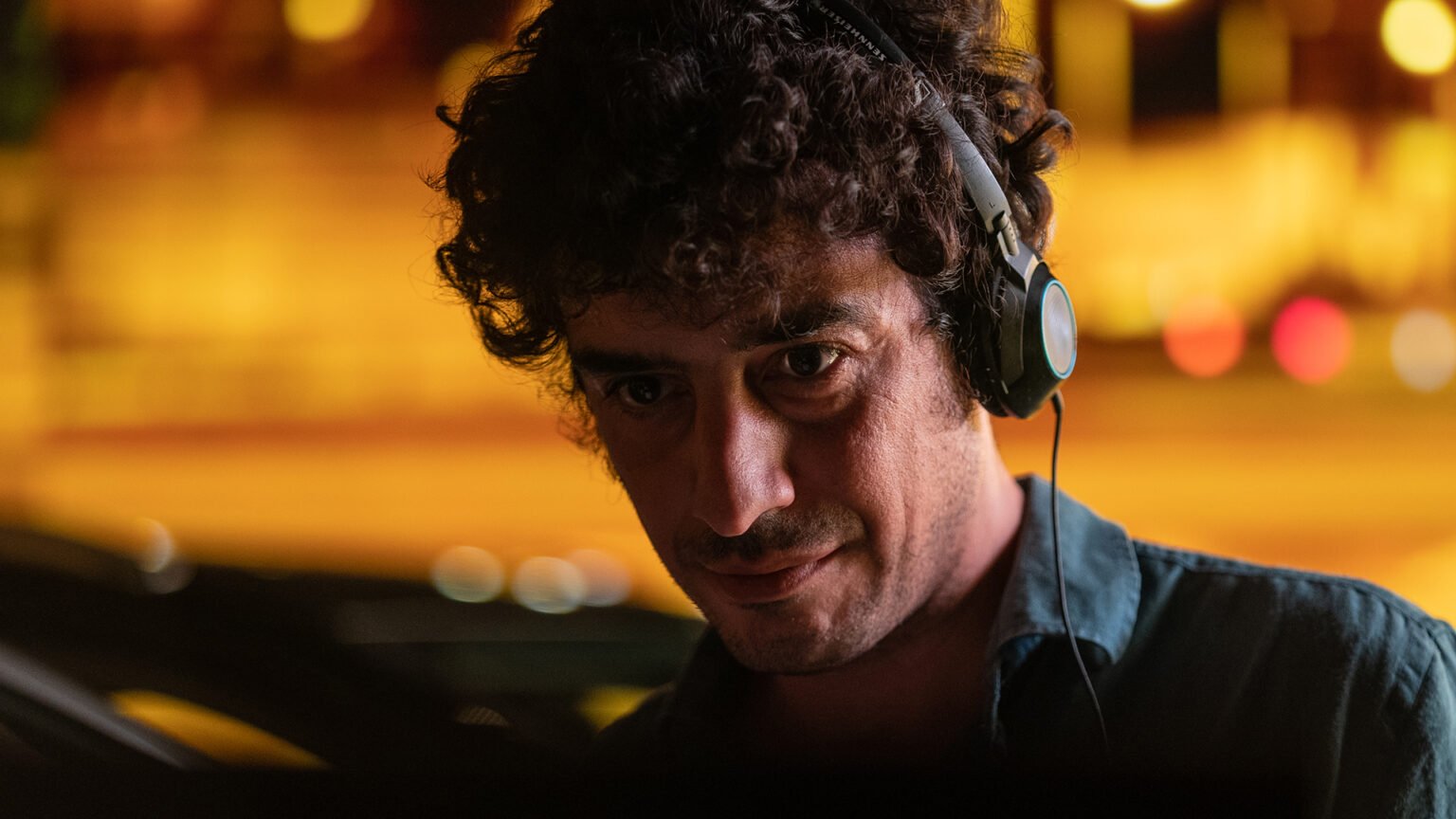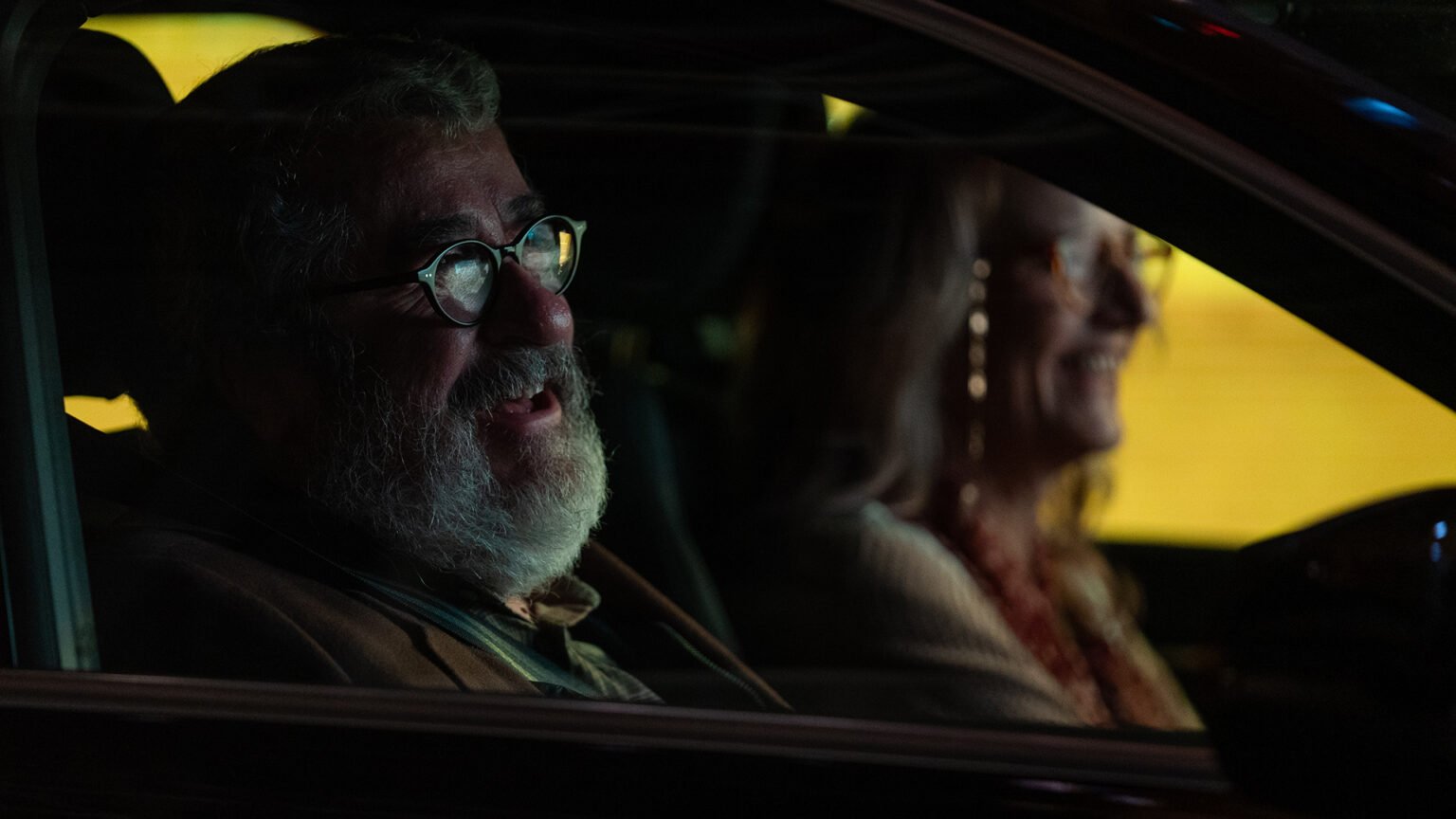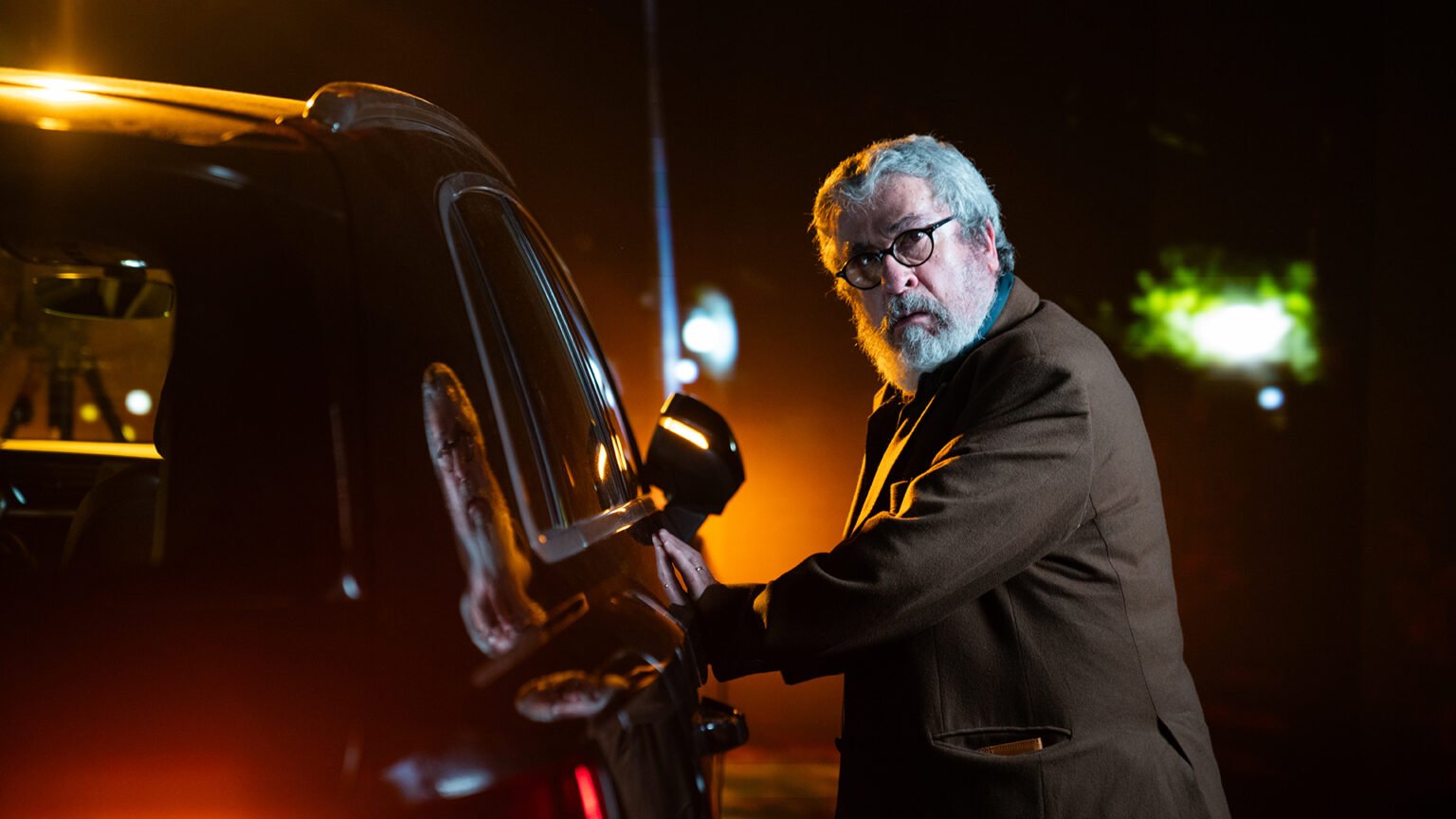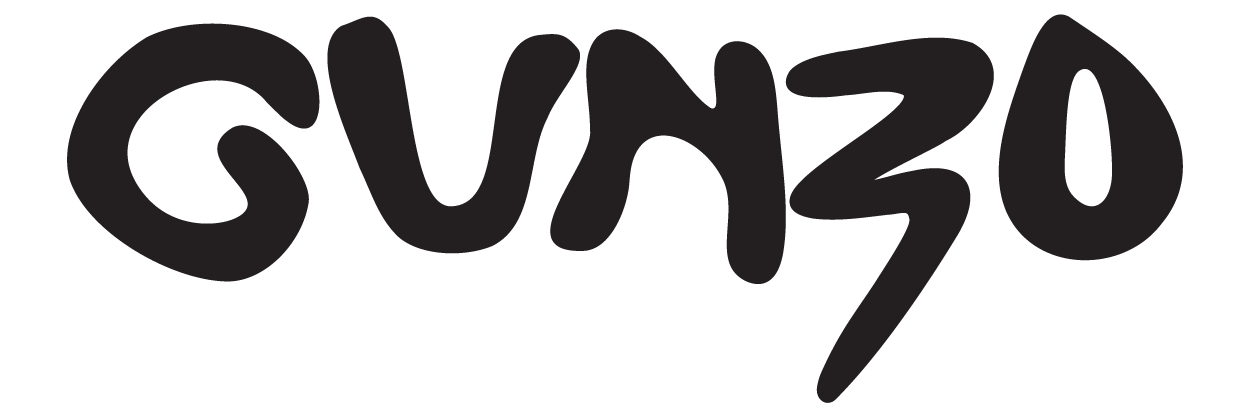
Car Scenes using LED Volume
CASE STUDY
PROJECTS: ASFALT
SOLUTIONS: CGI Driving Plates / VP Studio / VP & Disguise Operators
“Top cinema quality at accesible budget.”
— Guille Cascante, Director of Goroka
THE BREIF
The project Asfalt is a fictional series of six independent episodes, all unfolding entirely within the space of a car. The objective was to create an engaging, visually rich story that captivates viewers, despite the fixed setting. The team faced the task of portraying multiple locations and different times of day – an ideal scenario for virtual production.
THE CHALLENGE
Traditional methods for filming car scenes, like low loaders or green screens, often fall short of achieving a realistic look and come with complex logistics. Outdoor shoots bring challenges: the confined space limits flexibility, continuity is tough to maintain, and additional factors like weather, lighting, and permits can drive up costs.
On-location shooting posed further challenges. Some shots needed specific lighting, from midday to narrow sunrise windows, which required precise timing. Coordinating road closures was both costly and complex, with any missed timing potentially adding days to the schedule.

















THE PROCESS
To achieve Asfalt’s visual demands, we utilized an LED volume that we operated with Disguise software. The LED volume setup gave us precise control over lighting and reflections, making it possible to switch instantly between diverse scenes, from city streets to rural landscapes, and between day and night settings. By using Disguise, we could seamlessly integrate these visuals into the LED wall, maintaining continuity and high-quality visual effects throughout.
Over the course of the 18-day shoot, this approach streamlined production by enabling rapid resets and scene changes without the logistical demands of moving the car or setting up new locations. This flexibility allowed the director to conduct multiple takes and make quick adjustments, optimizing performance and visual quality across each of the seven unique settings and the custom Unreal Engine environment.
THE SOLUTION
Using LED volume technology, we brought the world outside the car to life, simulating real-world environments within the studio. The interactive lighting from the LED walls provided realistic reflections on the car’s windows and natural lighting on the actors’ faces. This setup allowed us to switch instantly between day and night, city streets and rural landscapes.
This approach not only saved time and resources but also unlocked creative opportunities that are challenging with traditional filming. By keeping everything in-studio, we eliminated the risk of weather interruptions and provided the director full control over every detail. The Asfalt project exemplifies how virtual production can reinvent location-based storytelling, making it possible to travel without moving and enhancing realism in every frame.
-
Production: Goroka and Lastormedia
Directors: Irene Moray, Gemma Ferraté, Laura García Alonso, Roger Padilla (who also wrote the script for his episode), Menna Fité and David Moragas.
The original idea and script are by: Enric Álvarez.
DoP: Tomas Ybarra
VP Supervisor: Ruben Plaza Garcia
Unreal Engine Operator: Enric Vingut
Disguise Operator: Ruben Plaza Garcia
LED Studio: Plato Nou
Car Plates: Ill Camaras -
Media Servers: Disguise RX + VX4
Camera: RED Komodo
LEDs: INFiLED 2.6
Get In Touch!
Whether you're ready to start a project or just want to learn more about our services, we'd love to hear from you.
